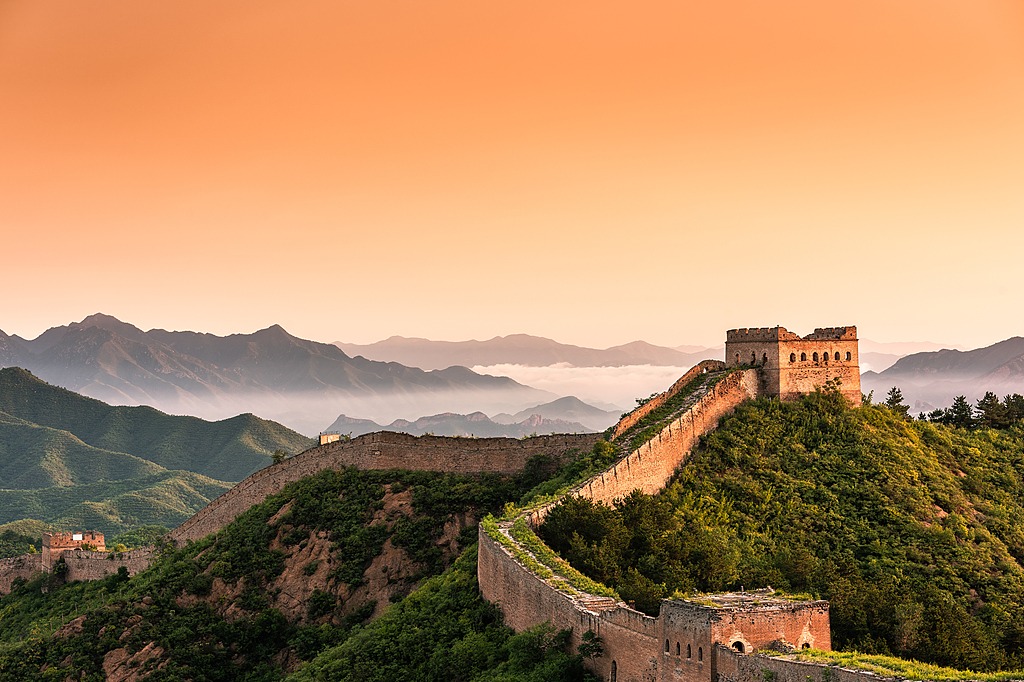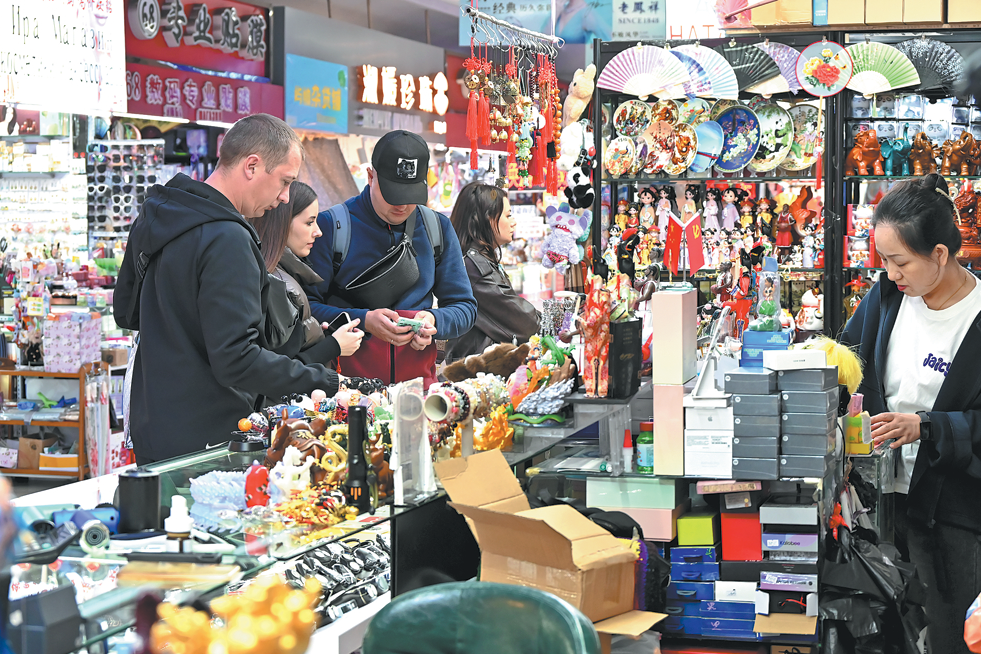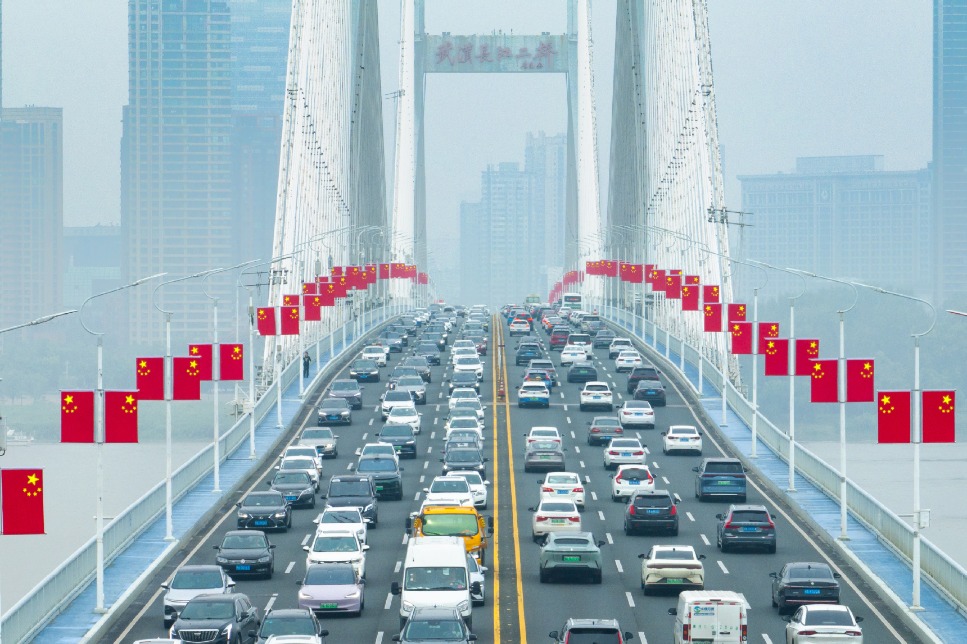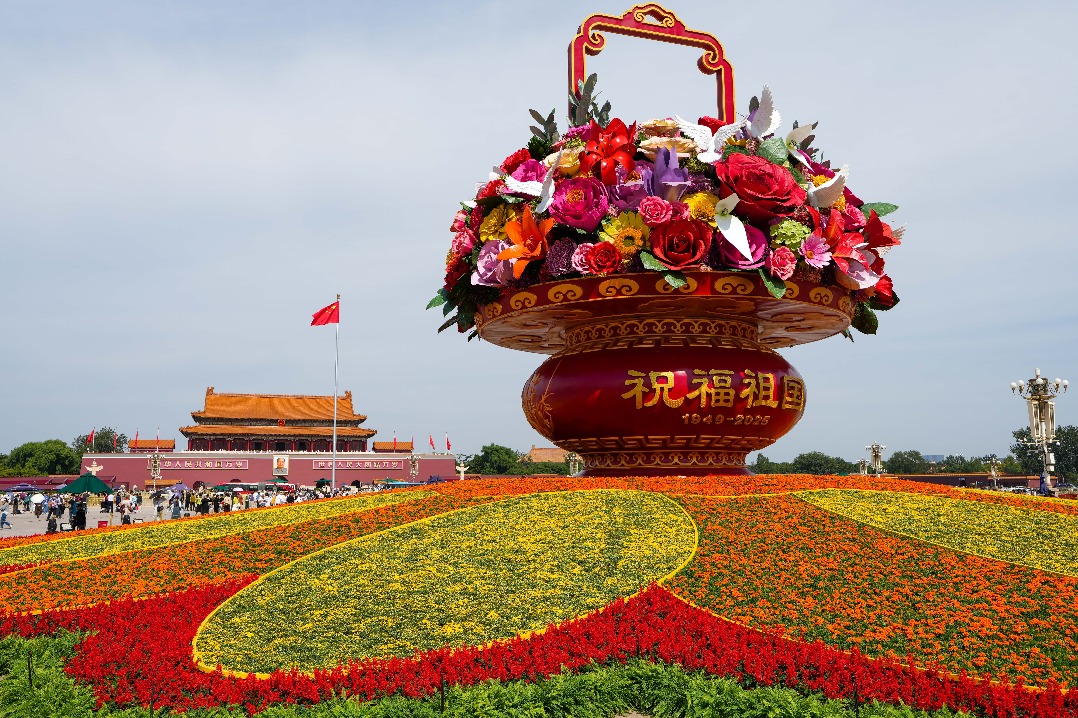Xi leads efforts to build strong China as people's republic turns 76


INNOVATION, HIGH-QUALITY DEVELOPMENT
Prior to the October plenum, Xi has led a series of meetings and inspections this year with an eye to the five-year plan.
He has stressed that innovation is central to the country's high-quality development. Early in February, Xi convened a meeting on the private sector. While reaffirming support for the sector, Xi encouraged entrepreneurs to boost innovation and play a larger role in scientific and technological progress.
A hallmark of his domestic tours this year has been his visits to legacy factories across the country. The president's message was clear: traditional industries "must not be abandoned" but upgraded through innovation.
In the city of Luoyang in Henan province, Xi inspected a bearing manufacturer with its roots tracing back to the first five-year plan. Over the past decade, the company has moved from low-end to high-end production, and by 2024, advanced bearings accounted for 70 percent of its output, supplying critical sectors such as aerospace and wind power.
"Modern manufacturing cannot thrive without technological empowerment. We must strengthen research into critical technologies and pursue a path of independent innovation," Xi said.
Xi also underscored the need to plan for future industries.
This focus featured prominently at an April symposium in Shanghai to solicit suggestions for the 15th Five-Year Plan, where Xi stressed the strategic importance of fostering new quality productive forces.
The choice of Shanghai as the venue of the symposium was deliberate -- the city is a national hub of AI innovation. A day before the event, Xi inspected a large-model AI incubator in the city. Earlier that month, Xi also chaired a CPC leadership group study session on AI development and regulation, calling for AI-driven technological innovation, industrial upgrading, and application.
Xi's foresight on AI stretches back at least to October 2018, when, during a leadership group study session, he invoked the "lead goose" effect to stress that AI is a strategic technology spearheading this new wave of scientific and industrial transformation.
Building on this strategic emphasis, China's open-source AI models -- such as DeepSeek, Kimi, and Qwen -- are already powering supply chains both domestically and internationally. A Stanford University report earlier this year has shown that China is closing the gap with the United States in the development of cutting-edge AI models.
Innovation, a consistent priority in both the 13th and 14th Five-Year Plans, is now bearing tangible fruits: China ranks 11th in the Global Innovation Index, leads the world in invention patent applications, and has achieved breakthroughs in basic research and high-tech manufacturing.
This week, a CPC leadership meeting, which Xi chaired, called for China's 2026-2030 development to be guided by a philosophy that focuses on innovation, coordination, green development, openness and shared benefits. It underlined the need to foster new quality productive forces in light of local conditions, and to drive sustained, healthy economic growth and comprehensive social progress.
























